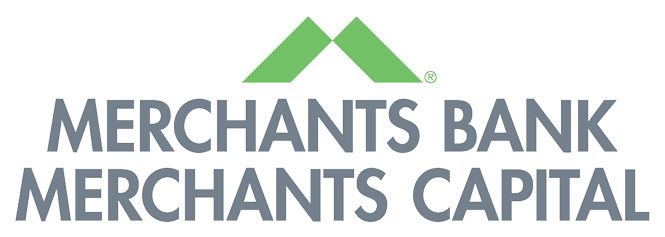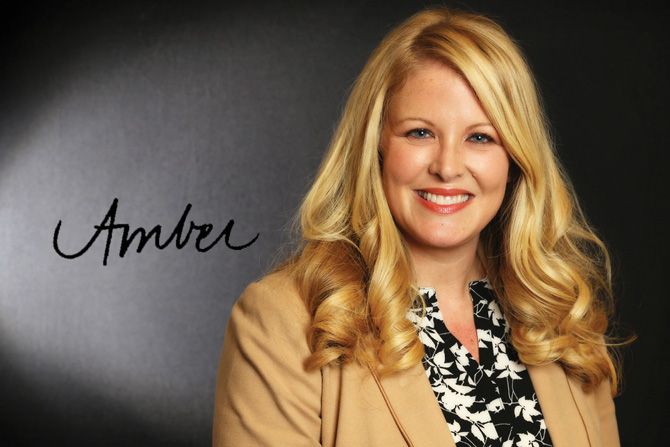When we’re babies, we have a unique relationship with language. We start with a listen-first approach, then grow into toddlers who prioritize expanding vocabulary and asking questions. As teenagers we create a whole new relationship with language, using slang, jargon and digital communication to incorporate our own personality in the language we use.
As we grow into adults, language continues to play a central role in our lives by shaping our interactions, relationships and personal development. Our words have a profound impact on how we make those around us feel. Think about the last time some words you used hurt or inspired someone in your life, how the words you chose left an impact on who you were speaking to, whether positive or negative. This is crucial to the sense of belonging in our banks and communities.
Diversity, Equity and Inclusion intersects with language on many levels, including linguistic diversity, language access, cultural competence, inclusive language and education. With over 7,000 languages spoken worldwide, linguistic diversity means understanding that our banks may encounter more than one language within the communities we serve. According to the Center for Immigration Studies, 67.3 million U.S. residents speak a language other than English at home, which is more than double the number from 1990 and almost triple the number from 1980. Without careful consideration of inclusive language inside and outside of our walls, you are limiting your growth potential as a banking institution. Using relevant language materials when marketing to your community will only grow the public’s trust in your company. The language we use within our banks amongst our employees can benefit the inclusion of diverse talent, which is an asset in our traditionally white male-dominated industry.
Diversity, Equity and Inclusion language directly coincides with education and cultural competence. It encourages individuals and organizations to understand the cultural nuances and communication styles of diverse communities, fostering mutual understanding and respect. It promotes the use of inclusive language that respects and affirms people’s identities, experiences and perspectives. This includes avoiding language that perpetuates stereotypes, biases or discrimination based on factors such as race, ethnicity, gender, sexuality, disability or socioeconomic status.
To create an inclusive work culture, we should replicate the baby and toddler approach to language: listening and asking questions with the intent to learn. Adults must learn from their language mistakes as teenagers through slang and potentially offensive words. Prioritize and take pride in your personal development for the betterment of yourself and others. It will have a positive impact on the relationships around you. Do not look at new and inclusive language as a burden, but as another opportunity to learn and connect. Inclusive language is an asset. Even a slight consideration of someone’s language can improve your working relationships and possibly market expansion for your bank.
The language around Diversity, Equity and Inclusion can seem sensitive, triggering or even scary. The terms can lead some people to feel disrespected or nervous to say anything at all. If you approach your relationships, conversations and ultimately the language you use with sincere curiosity, it can build a sense of belonging for you and others. The next time you hear terms you don’t understand, take the childlike approach of listening first, asking questions, then determining the most effective language to use. Simply putting forth the effort of using inclusive language and broadening language access can go a long way with your employees and ultimately your customers.

Marc has nearly 10 years of experience in Diversity, Equity and Inclusion work. Since his book ‘CAN I BE REAL’ released in 2016, Marc began delivering workshops, presentations and keynote speaking to non-profits, schools and for-profit corporations, with additional experience in leading this work in K12 education.
Email Marc at MHardy@MerchantsBankofIndiana.com.









